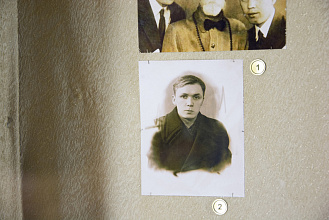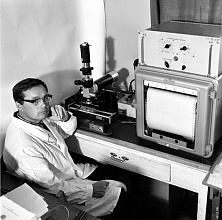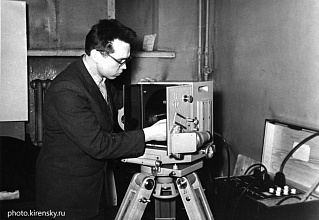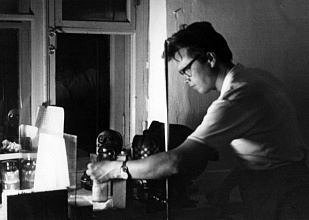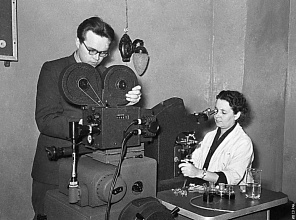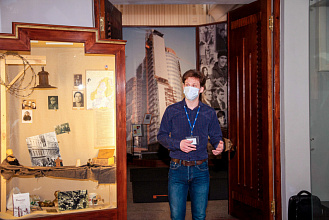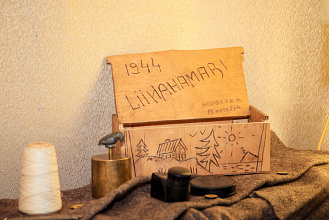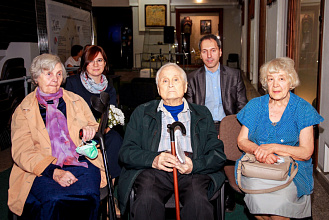Exhibition of Vladislav Viktorovich Spirov in the Krasnoyarsk Regional Museum
8 September 2020 г. FRC KSC SB RAS
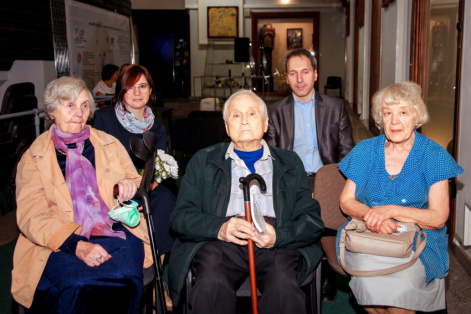
Having lived a difficult, eventful and interesting life, he donated his personal belongings, documents, photographs and collectibles to the museum, which became a priceless gift for regional history.
Through memorial things, the exhibition shows the life of V.V. Spirov. The exhibition presents the period of imprisonment: as a little boy, together with his mother, he was in Nazi captivity and went through four Nazi concentration camps. Miraculously, they managed to survive, wait for release and return to their homeland.
In addition to the period of imprisonment, the exhibition shows the school years of Vladislav Viktorovich in Shchekino, the Tula Region, studies at the Leningrad Institute of Film Engineers, scientific activities at the Krasnoyarsk Institute of Physics, his social and educational work, as well as hobbies.
The visitors of the exhibition will be able to see such unique objects as a doll, which Vladislav Viktorovich passed through the Nazi captivity; the book "Tales" by A.S. Pushkin, published in Riga in 1942 in a printing house located at that time on Adolf Hitler Street; things from an apartment in besieged Leningrad; photographs of scenes from the Krasnoyarsk opera "Archimedes" and many others.
The Krasnoyarsk Regional Museum of Local Lore also houses one of the most important scientific works of V.V. Spirov - a film with high-speed filming of the flight of blood-sucking insects when testing ultraviolet traps, demonstrating filming as an effective research method.
The exhibition is open until November 1.
Bibliographic Reference:
Vladislav Viktorovich Spirov (1934) is a leading specialist in scientific filming in the field of physics and biology. His labor activity is connected with the Institute of Physics of the Siberian Branch of the USSR Academy of Sciences (since 1970 the Institute has been named after L.V.Kirensky) and with the Institute of Biophysics of the Siberian Branch of the USSR Academy of Sciences, which was organized on the basis of the Biophysics Department of the Institute of Physics.
V.V. Spirov, as a child, went through all the horror of the Nazi concentration camps during the Great Patriotic War (1941-1945).
In 1959 he graduated from the Leningrad Institute of Film Engineers. Then he started work at the recently created Krasnoyarsk Institute of Physics of the USSR Academy of Sciences. Here, he began to work in a laboratory which applied cinema as a research method in several areas of physics, biophysics and biology. And his first job was shooting the film "Dynamics of various types of hemolysis of erythrocytes and nuclear erythrocytes". Soon Vladislav Viktorovich began to develop microspectrophotometric methods and devices (in transmitted and reflected light) in relation to objects that were actively studied in the Department of Biophysics of the Siberian Branch of the USSR Academy of Sciences (since 1980 - the Institute of Biophysics of the Siberian Branch of the USSR Academy of Sciences), as well as at the Institute of Forest and Wood of the Siberian Branch of the USSR Academy of Sciences.
In 1960 V.V. Spirov created a setup for shooting air filters on a railway. This invention made it possible to determine the advantage of air filters over oil filters.
In 1962, he became the first head of the photocinema laboratory of the Institute of Biophysics of the Siberian Branch of the USSR Academy of Sciences
In 1977, he developed the Layered Structure Analyzer, a microphotometric analyzer, which was used to study tree rings and tree growth. By analyzing the light reflected by a wood sample, it became possible to evaluate both the internal structure of individual growth rings and the state of the samples and their macroheterogeneity.
Source: Press Service of the Krasnoyarsk Regional Museum
Share:

